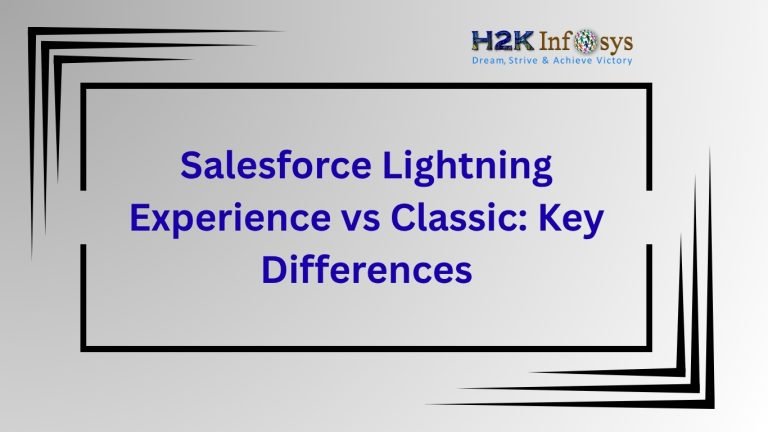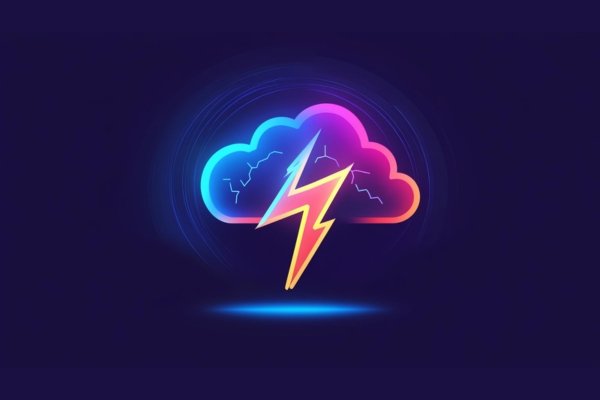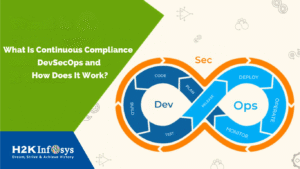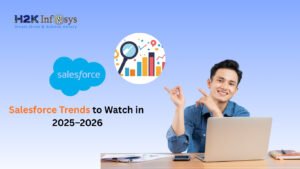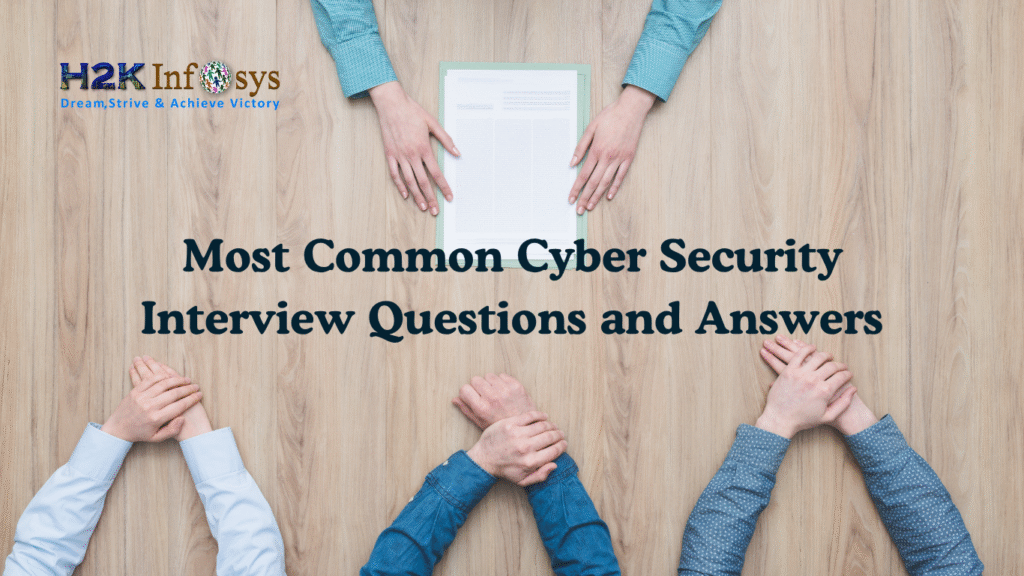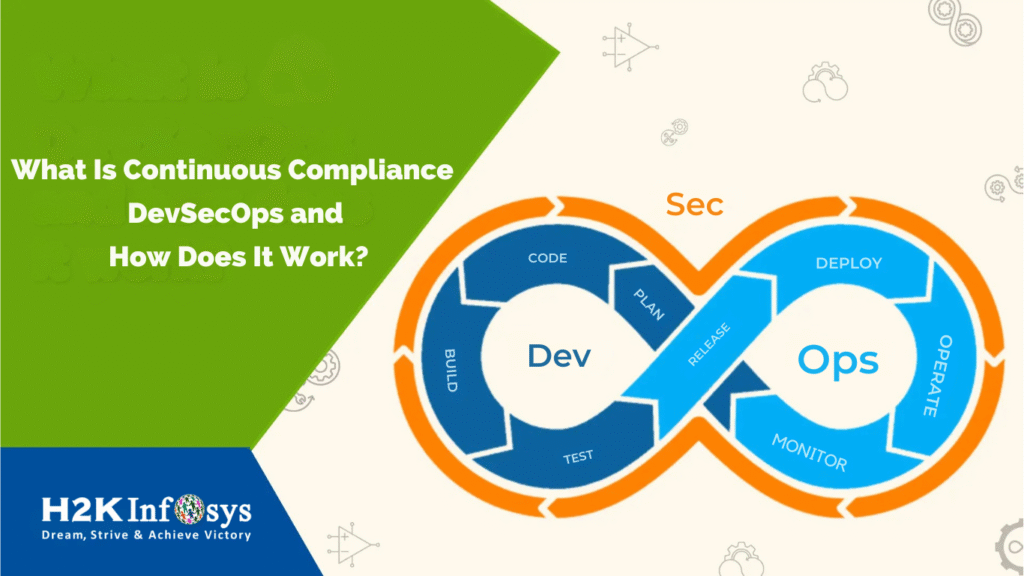Introduction
If you’ve taken a Salesforce administrator course online or explored sfdc courses, you’ve likely encountered the ongoing discussion between Salesforce Lightning and Classic. For years, Classic was the default interface, but Salesforce Lightning is rapidly becoming the industry standard.
Whether you’re pursuing salesforce admin certification classes or seeking Salesforce Admin Training And Placement, understanding this interface evolution is crucial. In this blog, we’ll explore the core differences, real-world benefits, and why Salesforce Lightning is the future.
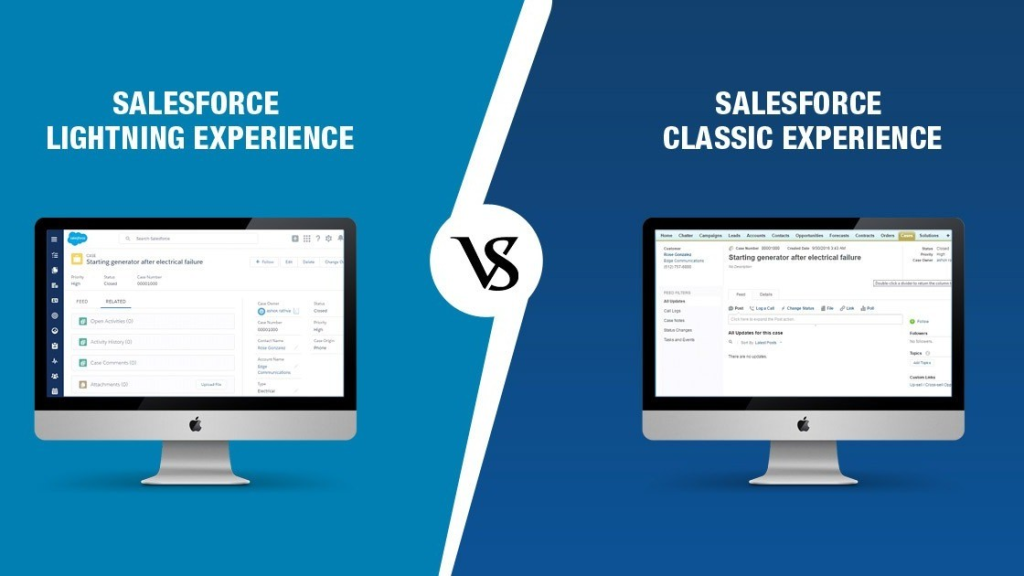
What Is Salesforce Classic?
Salesforce Classic is the original user interface (UI) for the Salesforce platform. It is known for its simple design, tab-based navigation, and no-frills interface.
Key Characteristics:
- Tab-based navigation (like old-school web apps)
- Static page layouts
- Limited drag-and-drop functionality
- Basic reporting and dashboards
Ideal For:
- Organizations with older Salesforce implementations
- Users resistant to change
- Lightweight CRM usage
However, in an era where automation, user experience, and speed are paramount, Classic no longer keeps up with modern enterprise needs.
What Is Salesforce Lightning?
Salesforce Lightning is the modern, component-based UI developed by Salesforce to boost productivity, intelligence, and customization.
Key Features:
- Dynamic page layouts
- Drag-and-drop Lightning App Builder
- Custom Lightning Components
- AI-powered Salesforce Einstein
- Responsive design for mobile and tablet
Salesforce Lightning is designed not just for usability but for delivering business value.
Salesforce Lightning brings a powerful and flexible user experience ideal for today’s business workflows.
Salesforce Lightning vs Classic: A Detailed Comparison
Let’s break it down feature-by-feature to understand the key distinctions.
1. User Interface and Design
Classic:
- Looks outdated
- Static and less interactive
- Manual clicks and longer navigation paths
Salesforce Lightning:
- Sleek, modern, and responsive
- Dynamic pages that adapt to user roles
- Intuitive dashboard and kanban views
Winner: Salesforce Lightning offers a superior user experience.
For those enrolled in a salesforce training course, this feature is emphasized heavily in hands-on labs.
2. Customization Capabilities
Classic:
- Customization requires coding (Apex/Visualforce)
- Limited options for layout and workflow
Salesforce Lightning:
- Component-based framework
- Drag-and-drop Lightning App Builder
- No-code to low-code customization
Winner: Salesforce Lightning simplifies customization, empowering even non-developers.
Students in salesforce admin certification classes learn how to create customized dashboards and record pages using Lightning tools.
3. Performance and Speed
Classic:
- Requires more manual effort
- Slower load times on modern devices
Salesforce Lightning:
- Optimized for speed and efficiency
- Data loads dynamically
- Designed for high user throughput
Winner: Salesforce Lightning improves productivity with better speed.
4. Automation and AI
Classic:
- Limited automation options
- Manual task flows
Salesforce Lightning:
- Workflow rules + Process Builder + Flow
- Salesforce Einstein AI capabilities
- Predictive lead scoring, next best actions
Winner: Salesforce Lightning empowers smart automation.
A typical salesforce training and certification program introduces students to these automation tools for real-time efficiency.
5. Reports and Dashboards
Classic:
- Basic reports
- Static dashboards
- Limited chart options
Salesforce Lightning:
- Enhanced, interactive dashboards
- Drag-and-drop report builder
- Real-time visualizations
Winner: Salesforce Lightning offers real-time analytics and better reporting.
Professionals in salesforce administrator training and placement are trained to create executive-level dashboards.
6. Mobile and Accessibility
Classic:
- No responsive design
- Separate mobile app interface
Salesforce Lightning:
- Fully responsive
- Lightning Mobile App
- Seamless transition from desktop to mobile
Winner: Salesforce Lightning provides anywhere access.
If you’re taking a salesforce administrator course online, this functionality will keep your data accessible on the go.
7. App Development
Classic:
- Requires Visualforce and Apex
- Rigid structure
Salesforce Lightning:
- Lightning Web Components (LWC)
- Modular development
- Faster deployment and upgrades
Winner: Salesforce Lightning is built for scalable and modern development.
Real-World Case Study: Transition to Lightning
Case: TechSavvy Inc.
TechSavvy Inc., a mid-sized B2B software company, migrated from Classic to Salesforce in 2023.
Goals:
- Enhance sales team productivity
- Improve reporting
- Enable mobile CRM usage
Outcome:
- 40% increase in user adoption
- 25% faster report generation
- 60% more engagement via mobile CRM
Salesforce dramatically improved business outcomes, especially for teams previously limited by Classic’s outdated UI.
Salesforce Training: Why Learning Lightning Matters
If you’re planning to enroll in sfdc courses, choose ones that are Lightning-centric. Here’s why:
1. Industry Adoption
- Over 80% of Salesforce customers now use Lightning
- Salesforce will continue to phase out Classic in future updates
2. Job Market Relevance
- Employers now prefer Lightning experience for Salesforce roles
- Mentioning Salesforce Lightning on your resume improves hiring prospects
3. Certification Prep
- Salesforce certifications are Lightning-focused
- Courses like Salesforce training course now require Lightning-based hands-on practice
Make sure your learning is aligned with the current Salesforce platform.
Practical Hands-On Elements in Lightning
When you enroll in salesforce admin training and placement programs like those at H2K Infosys, you work with:
- Lightning App Builder: Create dynamic record pages
- Lightning Flows: Automate multi-step processes
- Lightning Dashboards: Real-time visuals for executives
- Salesforce Mobile Lightning App: Test UI responsiveness
These practical modules are critical to job readiness.
Transitioning from Classic to Lightning
If your organization or project is still using Classic, here’s a step-by-step guide to migrate smoothly:
Step 1: Readiness Check
Use Salesforce’s Experience Readiness Report to assess compatibility.
Step 2: Stakeholder Alignment
Educate teams on benefits of Salesforce using sandbox demos.
Step 3: Pilot Rollout
Start with a small team or department. Collect feedback.
Step 4: Training
Enroll admins and users in a salesforce training and certification program focusing on Lightning.
Step 5: Full Rollout
Migrate all users, update documentation, and gather feedback for continuous improvement.
Salesforce Lightning: Pros and Cons
| Pros | Cons |
|---|---|
| Modern, responsive interface | Slight learning curve for Classic users |
| Drag-and-drop builder | Some legacy features not supported |
| Lightning Web Components | Requires planning for migration |
| Advanced automation & AI | Custom code might need rework |
| Mobile-optimized | Might need user re-training |
Summary Table: Lightning vs Classic
| Feature | Salesforce Classic | Salesforce Lightning |
| UI/UX | Basic, outdated | Modern, responsive |
| Customization | Code-heavy | Drag-and-drop, LWC |
| Reporting | Static | Dynamic, interactive |
| Automation | Limited | Robust with AI |
| Mobile Support | Weak | Excellent |
| App Development | Visualforce | Lightning Web Components |
| Certification Alignment | Minimal | Core to current certs |
Key Takeaways
- Salesforce is the future of CRM faster, more efficient, and more adaptable.
- Transitioning from Classic unlocks new features and capabilities for admins and end users alike.
- Enrolling in a salesforce administrator course online that focuses on Lightning ensures your skills are job-ready.
- Hands-on training through salesforce admin training and placement programs makes a real difference in certification and job success.
- The best sfdc courses now prioritize Salesforce Lightning to align with modern business needs.
Conclusion: Take the Leap with H2K Infosys
Salesforce isn’t just a UI upgrade it’s a transformation. Master it with expert-led salesforce training and placement from H2K Infosys.
Ready to future-proof your CRM skills? Enroll in our Salesforce Lightning-focused courses at H2K Infosys today and elevate your career.
